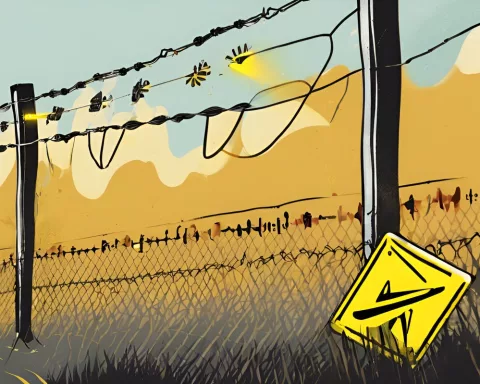Cape Town faces significant traffic congestion, which frustrates daily commuters. In response to this challenge, the City’s Urban Mobility Directorate has introduced an innovative solution: the Automatic Congestion Information Display (ACID) sign. This system is designed to provide real-time information to commuters travelling towards the southern suburbs of Kalk Bay, Fish Hoek, St James, Noordhoek, and Kommetjie.
Location and Purpose of ACID Sign
The ACID sign is strategically placed along the M3 highway, about half a kilometre from Steenberg Road. It updates automatically every 15 minutes and displays anticipated travel times for Kalk Bay via Main Road and Boyes Drive, as well as Noordhoek and Kommetjie via Ou Kaapse Weg. The data allows commuters to plan their journeys more effectively, selecting the best route to their destination based on current traffic conditions.
Importance of ACID Sign
The ACID sign is a significant step towards creating a smarter, more mobile Cape Town. The sign enables drivers to make informed decisions, avoid severe delays, and choose alternative routes when necessary. As a result, commuters can save fuel and time on the road, as well as reduce overall traffic congestion.
Additional ACID Signs
The City of Cape Town has plans to expand the ACID system further, with additional signs proposed for Clovelly and at the intersection of Kommetjie Main Road and Ou Kaapse Weg in Noordhoek. This expansion shows the City’s commitment to ensuring its commuters have access to the critical information they need to navigate the city with ease and efficiency.
The ultimate goal of the ACID sign is to promote a more efficient and enjoyable commuting experience for Cape Town’s residents and visitors alike. By balancing traffic volumes across the three routes, the smart mobility system provides a seamless and enjoyable travel experience for all. The City’s Mayoral Committee Member for Urban Mobility, Councillor Rob Quintas, emphasizes that the ACID sign is a game changer for Cape Town commuters, and it is part of a larger mission to improve the city’s mobility.












